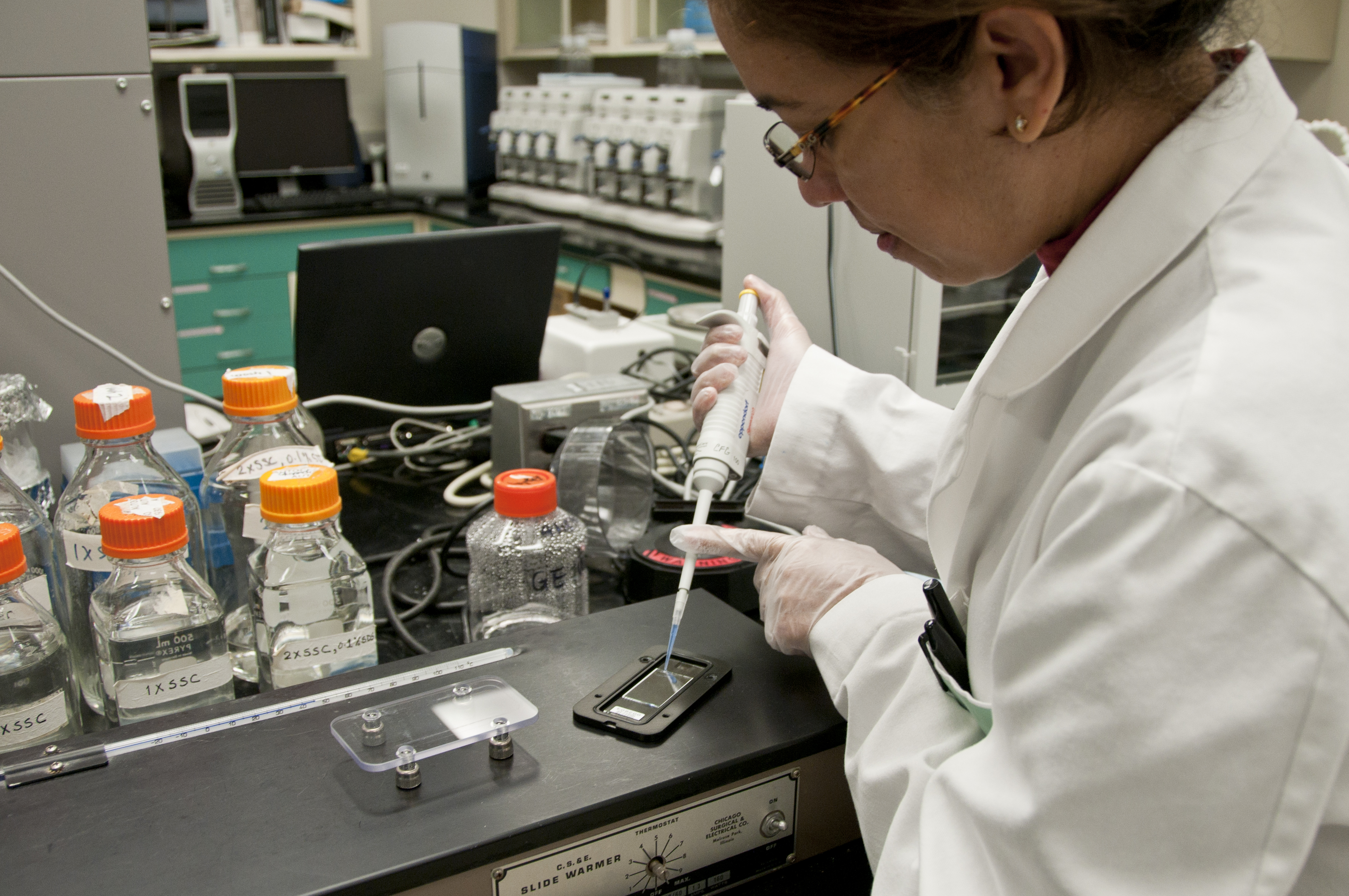
Photo from academic.microsoft.com
Although the toxicity of bisphenol S has been studied in some species, the global metabolic network disrupted by bisphenol S remains unclear. To this end, published datasets related to the… Click to show full abstract
Although the toxicity of bisphenol S has been studied in some species, the global metabolic network disrupted by bisphenol S remains unclear. To this end, published datasets related to the genes, proteins, and metabolites disturbed by bisphenol S were investigated through omics methods. The dataset revealed that bisphenol S at high concentrations tended to downregulate biomolecules, while low concentrations of bisphenol S tended to enhance metabolic reactions. The results showed that exposure to bisphenol S upregulated estrogen and downregulated androgen metabolism in humans, mice, rats, and zebrafish. Fatty acid metabolism and phospholipid metabolism in mice were upregulated. Reactions in amino acid metabolism were upregulated, with the exception of the suppressive conversion of arginine to ornithine. In zebrafish, fatty acid synthesis was promoted, while nucleotide metabolism was primarily depressed through the downregulation of pyruvate 2-o-phosphotransferase. The interference in amino acid metabolism by bisphenol S could trigger Alzheimer's disease, while its disturbance of glucose metabolism was associated with type II diabetes. Disturbed glycolipid metabolism and vitamin metabolism could induce Alzheimer's disease and diabetes. These findings based on omics data provide scientific insight into the metabolic network regulated by bisphenol S and the diseases triggered by its metabolic disruption.
Journal Title: Environmental toxicology and pharmacology
Year Published: 2021
Link to full text (if available)
Share on Social Media: Sign Up to like & get
recommendations!